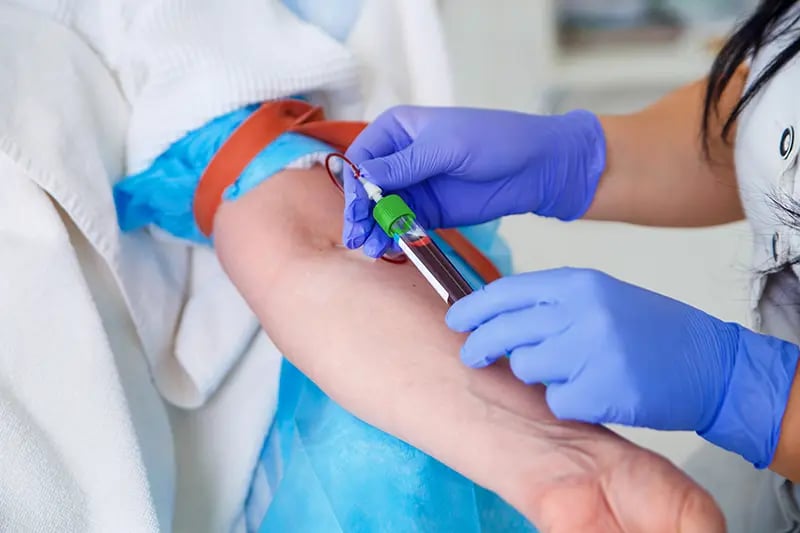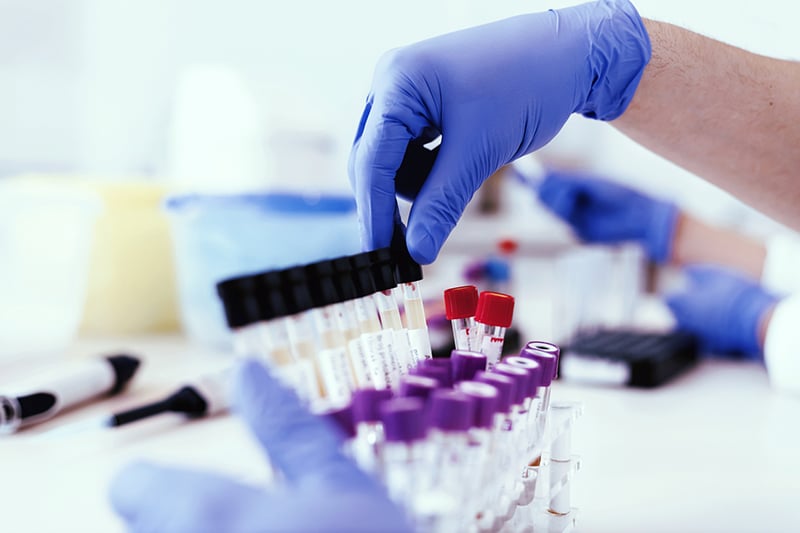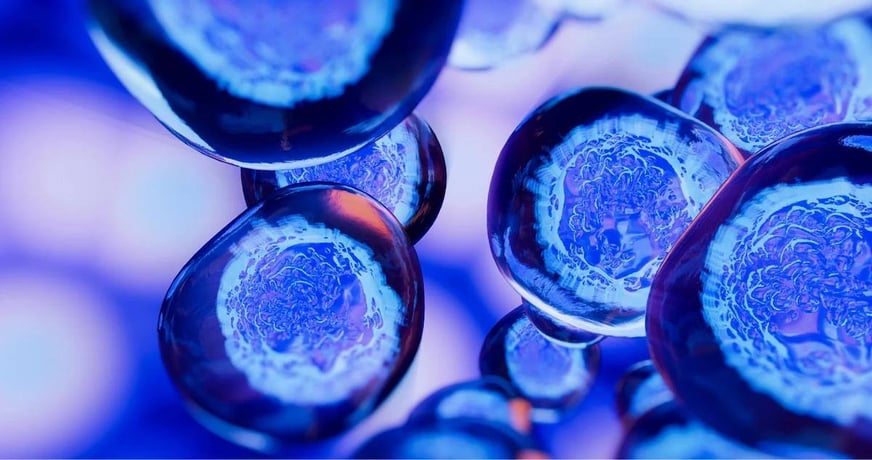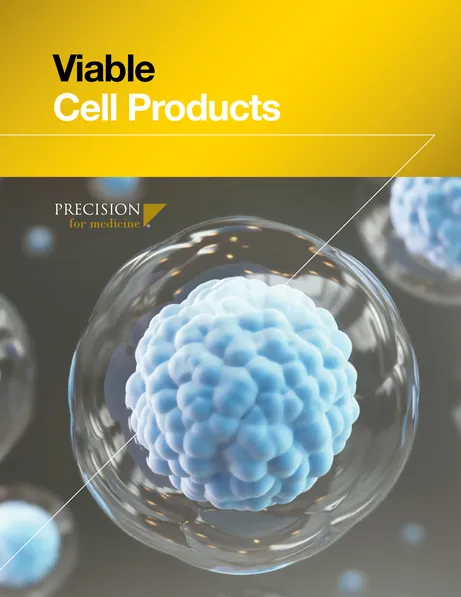

Human Peripheral Blood Mononuclear Cells (PBMCs)

Extensively characterized PBMCs for your research
Our PBMCs are certified both clinically and molecularly to match your research endpoint.
- Fresh or frozen PBMCs
- Healthy and disease state samples with matched plasma
- Highly purified cell subsets span monocytes, NK cells, T-cells, B-cells, and more
- Cryopreserved and stored within the vapor phase liquid nitrogen (<-150ºC)
- Consented and IRB approved for research

High-quality PBMCs accompanied by
- High-resolution, Class I & II HLA typing
- Demographics, medical history, and disease characterization data
- Immunophenotyping
- Blood pathogen testing
- IFN-γ ELISpot responses against PHA, CEF, and CMV stimulants
How are PBMCs isolated?
PBMC isolation is the process of separating mononuclear cells from the whole blood with the use of a density gradient media and centrifugation.
At Precision, there are three cell isolation techniques that are used to extract PBMC from the blood.
-
1. Underlay
1. Underlay
Underlay Method
A density gradient media, such as Ficoll-Paque, is used to separate the whole blood into the following components: plasma, buffy coat (mononuclear cell rich fraction), and red blood cells. When utilizing this method, the whole blood is added to the conical tube and then the density gradient media is gently added below the blood. -
2. Overlay
2. Overlay
Overlay Method
When this method is employed, the density gradient, such as Ficoll-Paque, is placed at the bottom of the conical tube and then the whole blood sample is gently layered above the media. -
3. SepMate / LeucoSep
3. SepMate / LeucoSep
SepMate / LeucoSep Method
The SepMate method utilizes a SepMateTM tube that contains an insert which creates a barrier between the density gradient media and the whole blood. Similarly, the Leucosep method utilizes a special tube that contains a physical porous barrier. This allows the whole blood to be layered above the density gradient media more quickly than with traditional methods, such as underlay and overlay. The centrifuge time for these methods is shorter, resulting in more efficient PBMC isolation.

High-quality PBMCs collected in our FDA-registered facility
On-Site Rapid Sample Analysis for PBMCs
We have an on-site immunology lab dedicated to rapid analysis and processing of samples.
Immunophenotyping panels via flow cytometry
- Purity assessment on isolated cell subsets
- Custom panels available
ELISpot/Fluorospot sample analysis
- IFN-γ immune responses
- Custom assays available
Cell culture
- PBMCs, BMMCs, DTCs
- T-cell expansion
- Enriched cell populations
CBC analysis
- 5-part differential
ELISA
- AV serotype assays
- Custom assays available
Discover Precision's viable cell products
Alongside our PBMCs, Precision offers various cellular products from Dissociated Tumor Cells (DTCs) to purified cell subsets.
In addition, Precision has a full-suite of global specialty lab services offering in-depth analysis for your samples
-
Explore


PBMC & Sample Processing
ExploreSample processing with expertise in PBMC isolations from labs across 5 continents

PBMC & Sample Processing
ExploreSample processing with expertise in PBMC isolations from labs across 5 continents
-
Explore


Flow Cytometry
ExploreStandard and spectral flow cytometry, on both research-grade and CLIA-validated instruments
Flow Cytometry
ExploreStandard and spectral flow cytometry, on both research-grade and CLIA-validated instruments -
Explore

Cell-Based Assays
ExploreDeveloping and qualifying 2D and 3D human in vitro cell-based models using a broad range of human primary cell types, with analysis enabling a variety of endpointsCell-Based Assays
ExploreDeveloping and qualifying 2D and 3D human in vitro cell-based models using a broad range of human primary cell types, with analysis enabling a variety of endpoints
